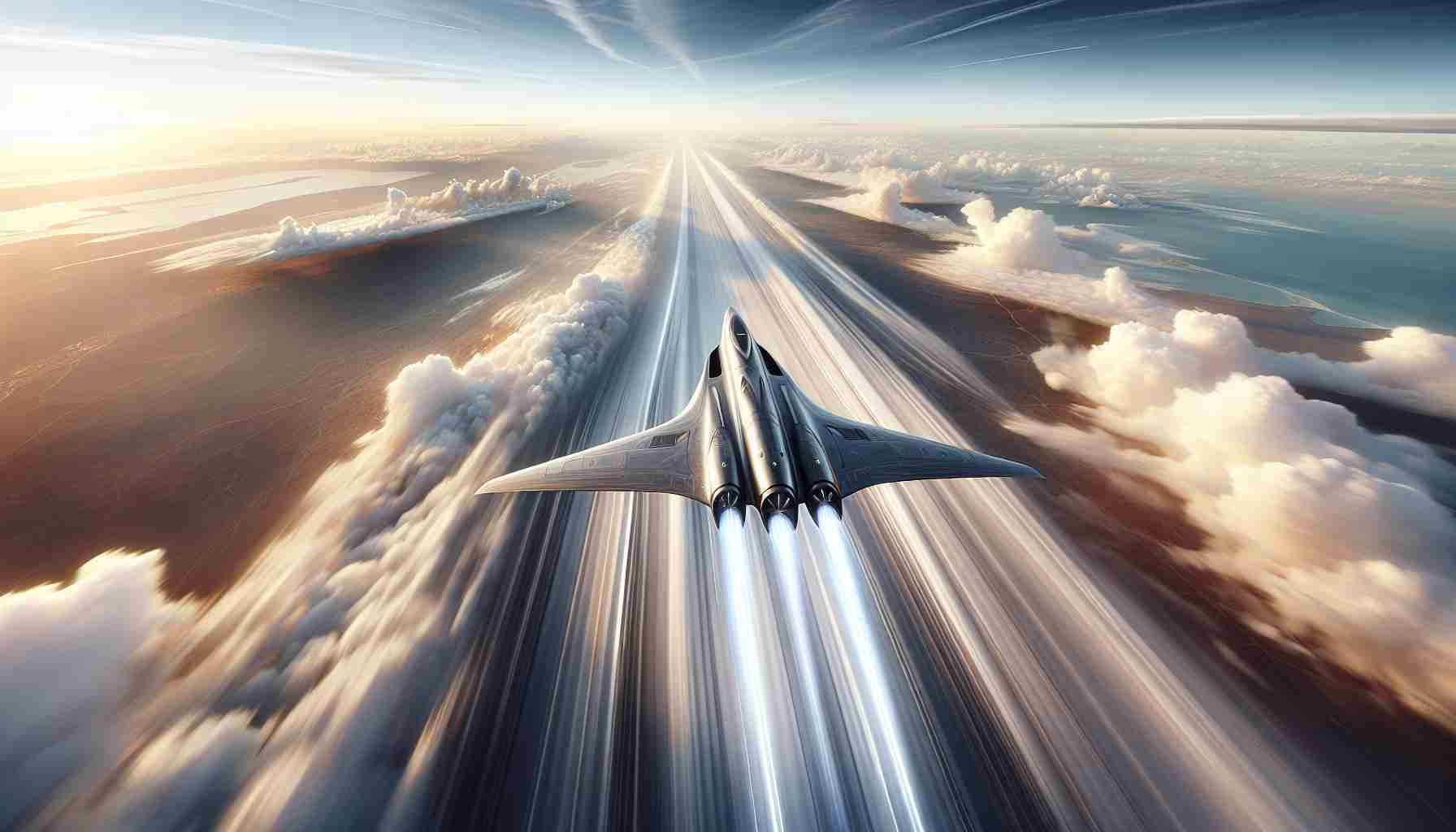Lockheed Martin’s SR-72 is set to redefine the standards of aviation with its potentially groundbreaking hypersonic capabilities. Following in the legendary contrails of the SR-71 Blackbird, known for its unmatched speed and stealth, the SR-72 aims to outperform its predecessor by introducing cutting-edge advancements in aerospace engineering.
The SR-72, also nicknamed “Son of Blackbird,” is projected to achieve speeds of Mach 6, which is six times the speed of sound. This leap in velocity promises not only to reduce the travel time of reconnaissance missions but also to enhance the precision and stealth of operations. Military experts are eagerly watching its development as it could revolutionize the way intelligence is gathered and evaluated, making real-time global reconnaissance a tangible reality.
The SR-72’s unique propulsion system is a significant factor in its hypersonic travel. Utilizing a turbine-based combined cycle, a hybrid engine that merges a traditional jet engine with a scramjet, the aircraft blends conventional and futuristic technology. This innovation could signal a transformative shift in aviation, with potential civilian applications on the horizon.
With test flights speculated to begin in the mid-2020s, the implications of the SR-72’s success go beyond military boundaries. It holds the promise of heralding a new era in commercial aviation, where hypersonic travel could dramatically cut down flight times across continents, paving the way for a truly interconnected world. As we stand on the brink of this technological breakthrough, the SR-72 exemplifies the bold strides humanity is taking toward the future of flight.
The Hypersonic Revolution: How the SR-72 Could Shape Our Future
The world waits with bated breath as Lockheed Martin’s SR-72, dubbed the “Son of Blackbird,” journeys closer to realization. Beyond its potential to revolutionize military reconnaissance, the SR-72 could significantly influence the trajectory of human technology and connectivity.
One intriguing facet often overlooked is the environmental impact of hypersonic travel. Flying at Mach 6 could mean higher fuel efficiency per passenger mile, if the technology were adapted for commercial use. Still, this advancement comes with potential drawbacks. The heat generated at such speeds requires advanced thermal management systems, posing engineering challenges and risks of significant CO2 emissions.
Another pivotal question is: How will this affect global diplomacy? While the technology promises to enhance security through real-time intelligence, it could also trigger a fresh arms race. As nations strive to counterbalance hypersonic capabilities, it might escalate tensions, making arms agreements and international treaties more complex.
Considering civilian applications, could hypersonic travel become the norm? Reduced flight times will transform commerce and tourism. Imagine a business meeting across the Atlantic completed in two hours or exploring distant cultures over a long weekend. However, the cost remains a significant hurdle—a premium price point may limit access to the wealthy, widening socio-economic divides.
The SR-72 project serves as a testament to humanity’s relentless pursuit of speed and efficiency. As the world speculates about its future, is society ready to embrace this hypersonic leap, with all its potential benefits and consequences?
For more on technological advancements, visit Lockheed Martin and NASA.







